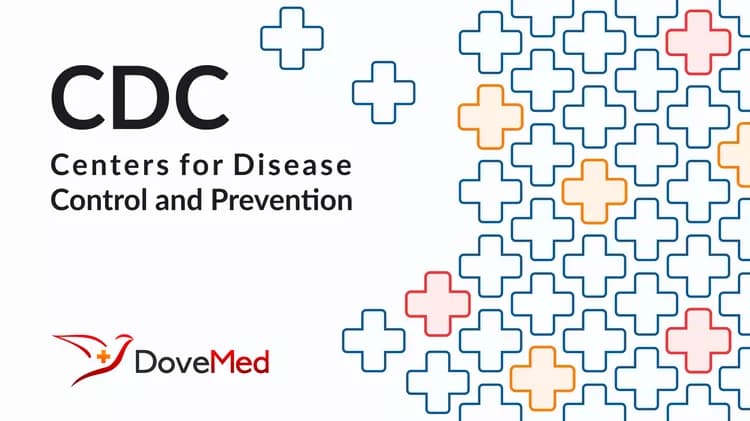
No Decline In Overall Youth Tobacco Use Since 2011
No decline in overall youth tobacco use since 2011
4.7 million middle and high school students report using a tobacco product; almost half use at least two
Overall tobacco use by middle and high school students has not changed since 2011, according to new data published by the Centers for Disease Control and Prevention (CDC) and the U.S. Food and Drug Administration’s (FDA) Center for Tobacco Products in today’s Morbidity and Mortality Weekly Report (MMWR).
Data from the 2015 National Youth Tobacco Survey show that 4.7 million middle and high school students were current users (at least once in the past 30 days) of a tobacco product in 2015, and more than 2.3 million of those students were current users of two or more tobacco products. Three million middle and high school students were current users of e-cigarettes in 2015, up from 2.46 million in 2014.
Sixteen percent of high school and 5.3 percent of middle school students were current users of e-cigarettes in 2015, making e-cigarettes the most commonly used tobacco product among youth for the second consecutive year. During 2011 through 2015, e-cigarette use rose from 1.5 percent to 16.0 percent among high school students and from 0.6 percent to 5.3 percent among middle school students.
From 2011 through 2015, significant decreases in current cigarette smoking occurred among youth, but there was no significant change in the prevalence of current cigarette smoking among this group during 2014 – 2015. In 2015, 9.3 percent of high school students and 2.3 percent of middle school students reported current cigarette use, making cigarettes the second-most-used tobacco product among both middle and high school students.
“E-cigarettes are now the most commonly used tobacco product among youth, and use continues to climb,” said CDC Director Tom Frieden, M.D., M.P.H. “No form of youth tobacco use is safe. Nicotine is an addictive drug and use during adolescence may cause lasting harm to brain development.”
Students use many forms of tobacco
In addition to e-cigarettes and cigarettes, high school students used other tobacco products:
8.6 percent smoked cigars,
7.2 percent used hookahs,
6.0 percent used smokeless tobacco,
percent smoked pipe tobacco, and
0.6 percent smoked bidis.
After e-cigarettes and cigarettes, middle school students reported using these products:
2.0 percent used hookahs,
1.8 percent used smokeless tobacco,
1.6 percent smoked cigars,
0.4 percent smoked pipe tobacco, and
0.2 percent smoked bidis.
Among non-Hispanic white and Hispanic high school students, e-cigarettes were the most commonly used tobacco product. Among non-Hispanic black high school students, cigars were the most commonly used tobacco product. Cigarette use was higher among non-Hispanic whites than among non-Hispanic blacks. Smokeless tobacco use was higher among non-Hispanic whites than students of other races.
“We’re very concerned that one in four high school students use tobacco, and that almost half of those use more than one product,” said Corinne Graffunder, Dr.P.H., M.P.H., director of CDC’s Office on Smoking and Health. “We know about 90 percent of all adult smokers first try cigarettes as teens. Fully implementing proven tobacco control strategies could prevent another generation of Americans from suffering from tobacco-related diseases and premature deaths.”
FDA has regulatory authority over cigarettes, cigarette tobacco, roll-your-own tobacco, and smokeless tobacco. The agency is finalizing the rule to bring additional tobacco products such as e-cigarettes, hookahs, and some or all cigars under that same authority.
“The FDA remains deeply concerned about the overall high rate at which children and adolescents use tobacco products, including novel products such as e-cigarettes and hookah,” said Mitch Zeller, J.D., director of the FDA’s Center for Tobacco Products. “Finalizing the rule to bring additional products under the agency’s tobacco authority is one of our highest priorities, and we look forward to a day in the near future when such products are properly regulated and responsibly marketed.”
Regulating the manufacturing, distribution, and marketing of tobacco products – coupled with proven population-based strategies – can reduce youth tobacco use and initiation. These strategies include funding tobacco control programs at CDC-recommended levels, increasing prices of tobacco products, implementing and enforcing comprehensive smoke-free laws, and sustaining hard-hitting media campaigns.
To learn more about quitting and preventing children from using tobacco, visit www.BeTobaccoFree.gov.
###
U.S. DEPARTMENT OF HEALTH AND HUMAN SERVICES
Related Articles
Test Your Knowledge
Asked by users
Related Centers
Related Specialties
Related Physicians
Related Procedures
Related Resources
Join DoveHubs
and connect with fellow professionals

0 Comments
Please log in to post a comment.